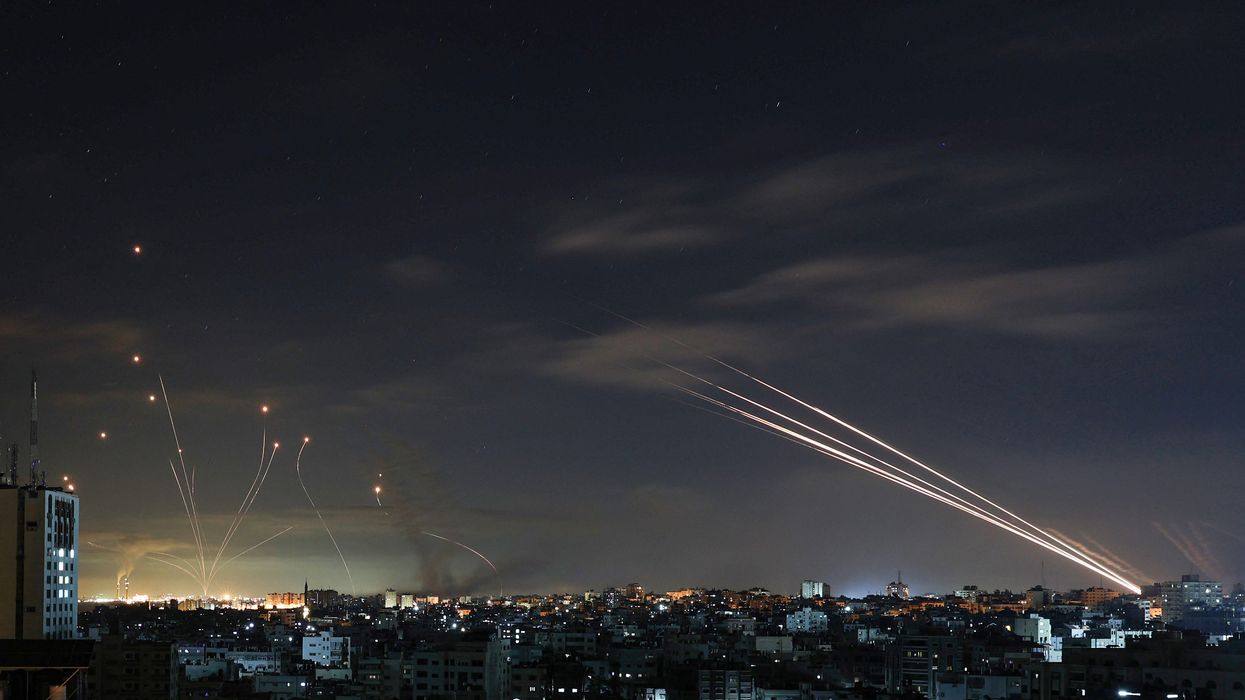
By now, you’ve probably witnessed the news circulating around the crisis in Israel and Palestine.
If you haven’t, you’ve either been living under a rock, or just plain ignorant to world affairs.
In response to the threat of evicting multiple Palestinian families within the Jerusalem neighborhood of Sheikh Jarrah, Hamas has fired more than 1,700 rockets into Israel since Monday.
According to the Gaza health ministry, at least 192 people have been killed in Gaza, including 59 children, and 34 women. Eleven Israelis, including one child, have also died in the fighting. A significant factor in this crisis is Israel’s Iron Dome, which is an air defense system that intercepts missiles—and is largely funded by the U.S.
WATCH as the Iron Dome Aerial Defense System intercepts rockets over southern Israel: https://t.co/xUz3bMuTzz— Israel Defense Forces (@Israel Defense Forces) 1620782667
Developed with heavy financial and technical backing from the United States, the system has been in place for about a decade. According to Israeli officials, the Iron Dome is about 90 percent effective at blocking the short-range rockets often used by Hamas and other militia groups in the region.
But for those who don’t fully comprehend the logistics in defense strategy, understanding the purpose of the Iron Dome can seem daunting if not confusing. Luckily we’re here to break it down, step by step.
What is the Iron Dome?
Developed by the Israeli firms Rafael Advanced Defense Systems and Israel Aerospace Industries, Israel’s Iron Dome is an air defense system.
It receives both financial and technical support from the United States. Initially put to use in 2011, the Iron Dome was originally designed to stop short-range rockets similar to those fired from Gaza.
How does it work?
Known as David’s Sling and Arrow, the Iron Dome operates on two separate systems designed for medium- and long-range threats.
This includes planes, drones, rockets and missiles. It relies on a system of radar and analysis to determine whether an incoming rocket is a threat.
It then fires an interceptor - estimated to cost between $50,000 and $100,000 each - but only if the incoming rocket risks hitting a populated area or important infrastructure.
Either from mobile units or a static launch site, the interceptors are fired vertically and are designed to detonate the incoming rocket in the air. This produces the explosions in the sky which escort warning sirens during recent Israeli-Palestinian conflicts.
How effective it is?
This is where things get slightly confusing. While Israeli officials and defense companies say the dome has a success rate of more than 90 percent, others argue that those numbers are unreliable, and groups firing artillery from Gaza have adapted to the system.
“No missile defense system is perfectly reliable, especially against an evolving threat,” Michael Armstrong, an associate professor at Brock University wrote in a 2019 assessment for the National Interest.
While the Iron Dome’s efficacy rate might be up for debate, it’s allowed a semblance of normality in southern parts of the country which were once shrouded in shadow of rocket strikes.













